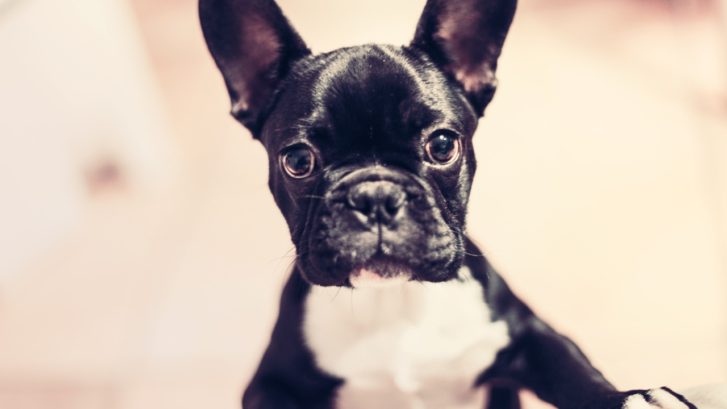Spaying or Neutering: The Right Thing to Do
In 1999, twelve to eighteen million dogs and cats were euthanized in American animal shelters. Many other died from disease, starvation and automobile accidents. The number is so overwhelming that it is easy to forget that each of those animals had its own unique personality with its potential to love and be loved. The single best things you can do to address this problem is to have your pet spayed or neutered.
Altering on pet and not allowing it to reproduce can make a difference in reducing animal overpopulation. For example, one pair of cats breeding and producing eight kittens per year can in seven years be responsible for over 173,000 new kittens.
Altering your pet will also help reduce some health risks which are commonly seen in intact animals. Female dogs and cats spayed before their first heat cycle have virtually no chance of developing mammary gland tumors. Pyometra is a serious infection of the uterus, which is also a very common occurrence in older not spayed females. When this infection occurs, it usually requires emergency treatment and can be life threatening. Male dogs and cats can also benefit from neutering. The incidence of prostate disease can be greatly reduced and the possibility of testicular tumors or disease is eliminated. Neutered males are also less likely to roam or exhibit aggressive tendencies than intact males.
Surgical altering can be performed at any age, but the health benefits are the greatest and the risks to your pet are the smallest when done before reaching sexual maturity. Traditionally, these surgeries were recommended at six months of age, but are now performed routinely on younger animals. Surgery is usually well tolerated and recovery is generally quick. We recommend that you address specific questions or concerns you may have with your veterinarian.
Spaying or neutering your pet is an important part of your responsibility as a pet owner. It is a healthy, responsible action that will save lives, possibly your own pet’s life. If your pet has not been altered, please discuss the procedure with your veterinarian. It is really the right thing to do.

